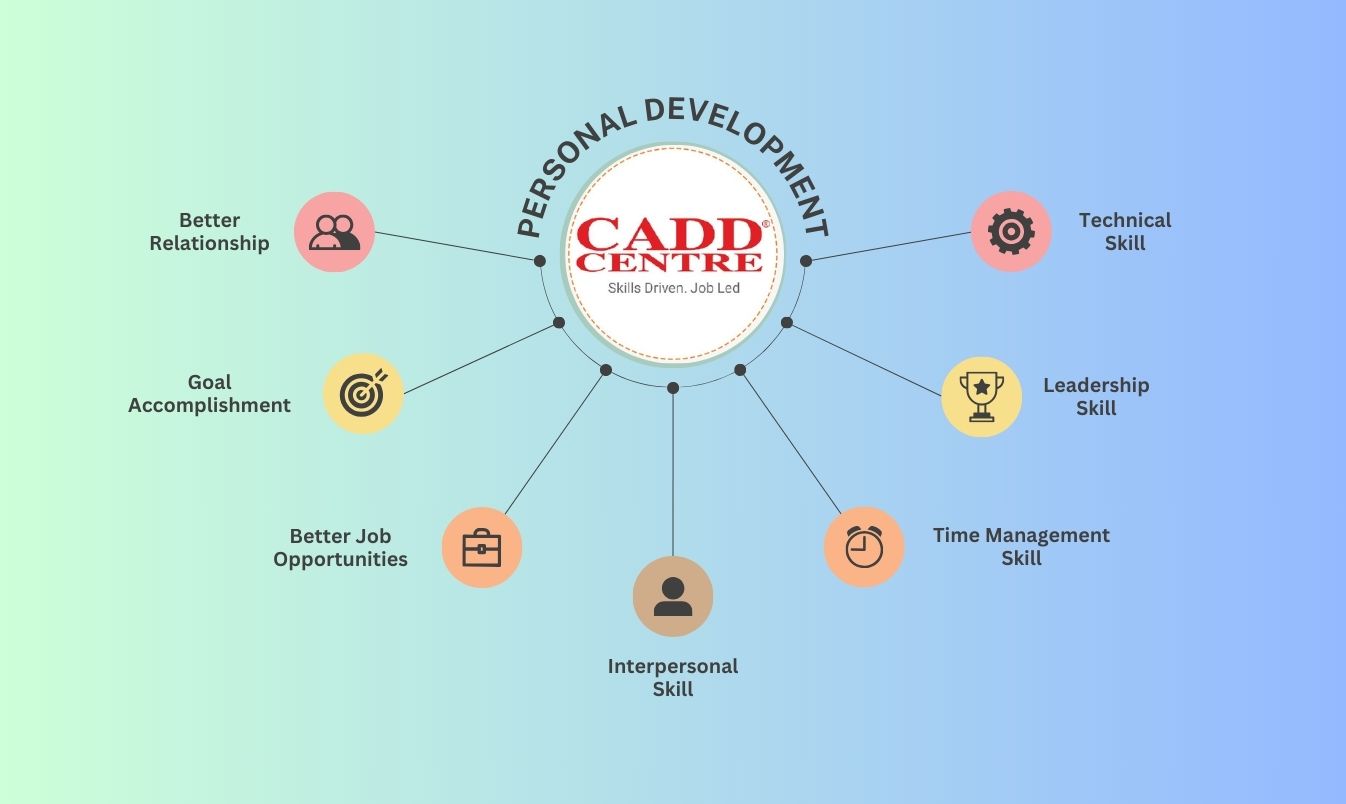Solidsworks

SolidWorks, developed by Dassault Systems, stands as a cornerstone in the realm of computer-aided design (CAD) software, renowned for its powerful 3D modeling and simulation capabilities. Widely embraced by engineers, designers, and manufacturers across diverse industries, SolidWorks provides a comprehensive suite of tools that streamline the product development process from conception to manufacturing.
At the core of SolidWorks is its robust parametric modeling functionality. This feature allows users to create intelligent 3D models by establishing relationships between different components and parameters. This parametric approach not only facilitates the creation of intricate designs but also empowers users to make rapid and seamless modifications, ensuring a flexible and agile design process.
SolidWorks excels in 3D modeling, enabling users to create complex and detailed designs with ease. The software’s intuitive interface and extensive library of predefined shapes and features make it accessible to both seasoned professionals and those new to CAD. The parametric modeling extends into assembly design, where users can simulate the interaction between multiple components, assess fit and function, and identify potential clashes before moving to the manufacturing stage.
An outstanding feature of SolidWorks is its robust simulation capabilities. The software integrates finite element analysis (FEA) tools, allowing engineers to assess the structural integrity, thermal performance, and fluid dynamics of their designs. This simulation-driven design approach helps optimize products for performance and reliability, ultimately reducing the need for physical prototypes and minimizing development costs.
SolidWorks further enhances collaboration through its integrated product data management (PDM) solutions. This allows teams to efficiently manage and share design data, ensuring version control and traceability throughout the product development lifecycle. The collaborative environment supports interdisciplinary teamwork, making SolidWorks an ideal choice for projects involving multiple stakeholders.
The software’s parametric approach extends into drawing and documentation, where users can create detailed engineering drawings with accurate dimensions, annotations, and other essential information. This documentation is crucial for communicating design intent to manufacturing teams and other stakeholders, contributing to a smoother transition from design to production.
SolidWorks is also recognized for its emphasis on design automation. The software supports the creation of parametric models that adapt to different design scenarios, facilitating the generation of configurations and variations. This capability is particularly valuable for designing product families with shared components, optimizing designs for different markets, or accommodating customer-specific requirements.
The ecosystem around SolidWorks is enriched by a vast community of users, providing access to a wealth of resources, tutorials, and third-party add-ons. Additionally, the software is part of the Dassault Systems 3DEXPERIENCE platform, fostering seamless integration with other tools and solutions for a more holistic approach to product development.
In conclusion, SolidWorks stands as a comprehensive and versatile CAD software that empowers engineers and designers to bring innovative and optimized designs to life. Its robust 3D modeling, simulation, and collaboration features contribute to a streamlined product development process, making it a go-to choose for industries ranging from mechanical engineering and aerospace to consumer products and beyond.












